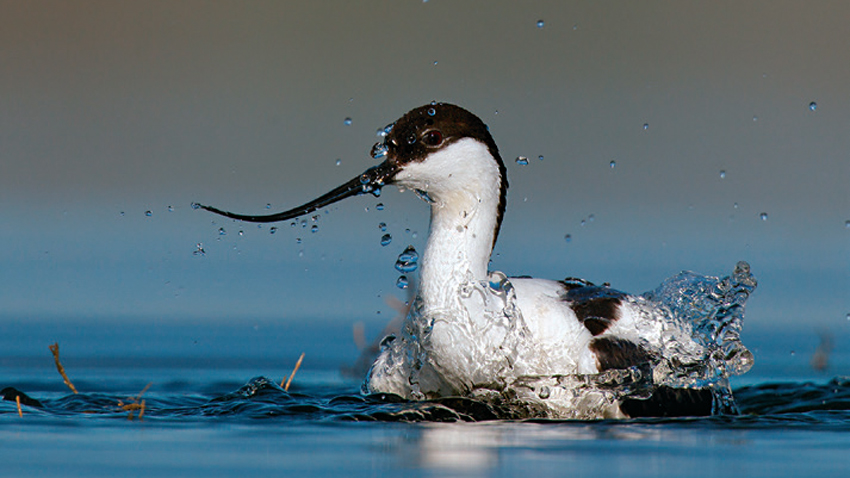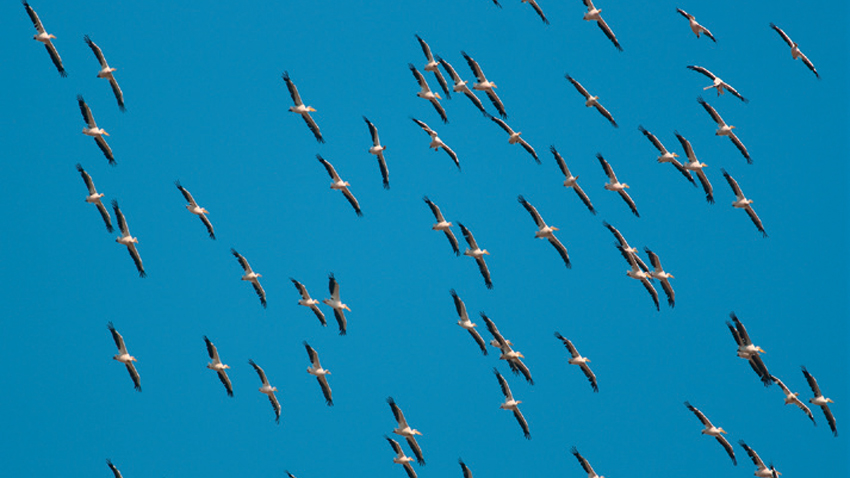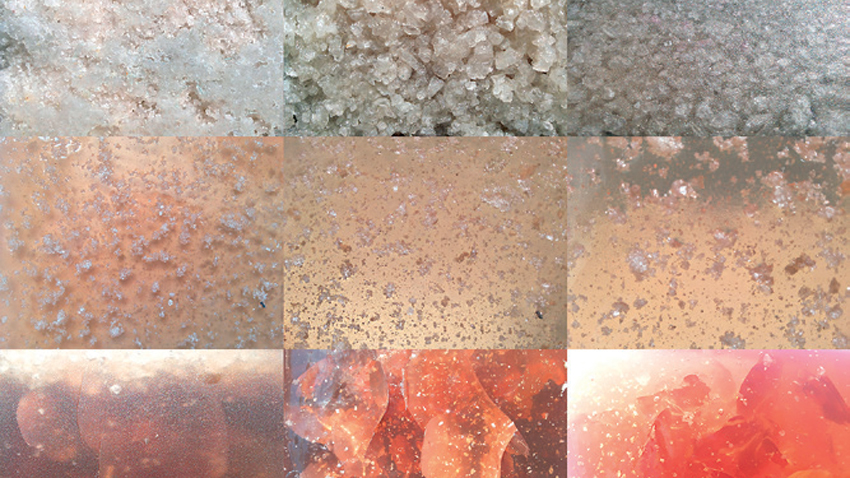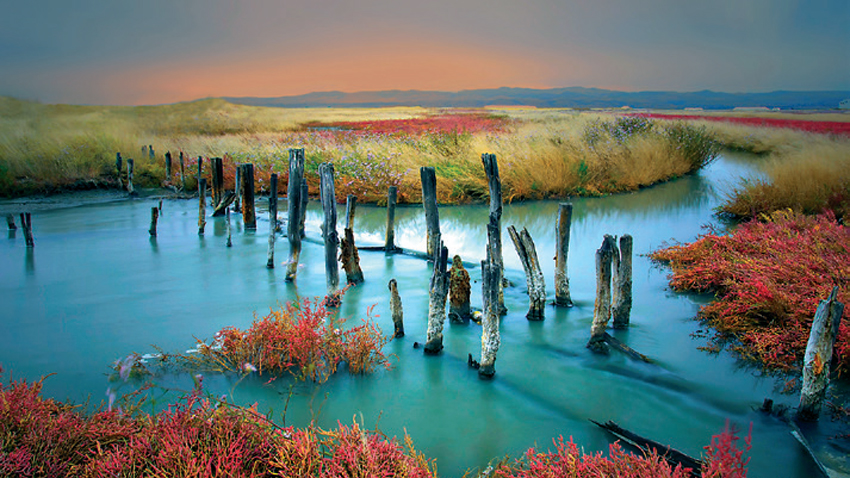For the first time the Biodiversity Foundation has broken a ten-year tradition dedicating the year not to an endangered species but to a location, Lake Atanasovsko. In 2015 the salty lagoon lying to the north of the City of Burgas on the Black Sea will be promoted in a string of events including a Carnival of Biodiversity, a Festival of Salt, a project to build a photo-hiding place, a route for the Pied Avocet (Recurvirostra avosetta) and of salt.

What is unique about Lake Atanasovsko lagoon? We learn more from Radostina Tsenova from Biodiversity Foundation?
The Great Migration

„Birds are the most noteworthy inhabitants of the lake. Every year the number of species established or sighted here is getting bigger. It has reached the impressive 333 species from the total of 420 for the whole of Bulgaria. Birds nest, have a rest or fly by, because the narrowest front of the Via Pontica bird migratory route goes across the lake. The miracle of migration has attracted many ornithologists and nature-lovers from across the world. At the end of September they come to watch huge flocks of pelicans, storks, vultures and songbirds. In the autumn migration is much busier than in the spring. Local inhabitants are of great interest - such as the Pied Avocet and the Kentish Plover (Charadrius alexandrinus). They do not nest on trees but in small holes into the ground. Therefore, an important part of our project The Salt of Life is building places fit for nesting.”

The White Harvesting
„The White Harvest begins at the beginning of August when seawater evaporates most intensively, and salt crystals form. Salt-makers mine salt by the hand, the old way. In the recent years, there has been hydraulic transport - rubber bands that carry the salt to large pyramids. There salt is processed in a special way so as to prevent its melting under rains. Work is hard but we believe that tradition will be preserved. Let us hope that 2015 will be drier and the regular amount of salt can be produced - about 50,000 tons. The byproducts of salt are lye and mud. Lye is water with a high concentration of salt in which people can float without sinking. There are a few pools provided by the Black Sea Saltworks where people can receive treatment during summer months. Mud is also curative, because 1 cm of it is formed for about one year. Salt mining should continue to be practiced because it is a way to make salt, and also because it supports the eco-system of the lake. Differing salt concentrations are fit for different inhabitants. This is a very good example of cooperation between the business and environmental protection.”

The purple colours
„Colouring is also the result of salt-mining, because the brightest orange-pink ones are exactly where the crystallizers are. In the summer and autumn months when salt mining begins they acquire these dense colours. The extraordinary natural tints are part of the irresistible fascination of Lake Atanasovsko.”

English Daniela Konstantinova
The photographs are part of a calendar of the Bulgarian Biodiversity Foundation, dedicated to the Atanaskovsko Lake Lagoon74 % of Romanians have a positive opinion about the introduction of voluntary military service Nearly three-quarters of Romanians (74.2%) have a positive opinion about the introduction of voluntary military service, according to a survey..
We sometimes measure their stay on this earth in days, but with an ethereal flight they transform a moment into a beautiful memory. The Regional Natural History Museum of Plovdiv dedicates its Butterfly Festival to these fleeting..
From September 19, for a month, the sky over the popular Belogradchik Rocks in northwestern Bulgaria will be filled with colorful balloons and magic. The fifth edition of the “Balloon Fiesta” promises five weekends, three types of flights, as well as..
The Bulgarian dance group “Dilmana” based in Copenhagen will celebrate 15 years since its establishment with a celebration on October 18, the formation..
A photo exhibition called “Bosilegrad Before and Now – 2” will open on October 13 at the Municipal Art Gallery in the town of Karlovo. The photo..

+359 2 9336 661
